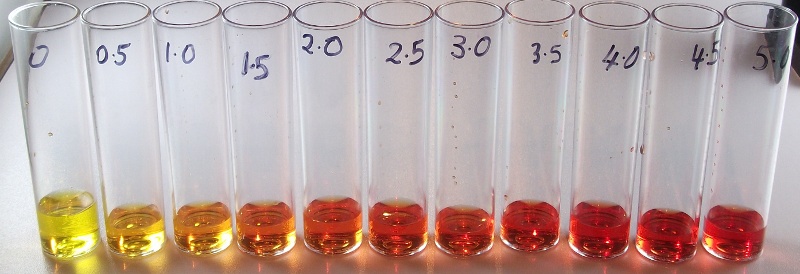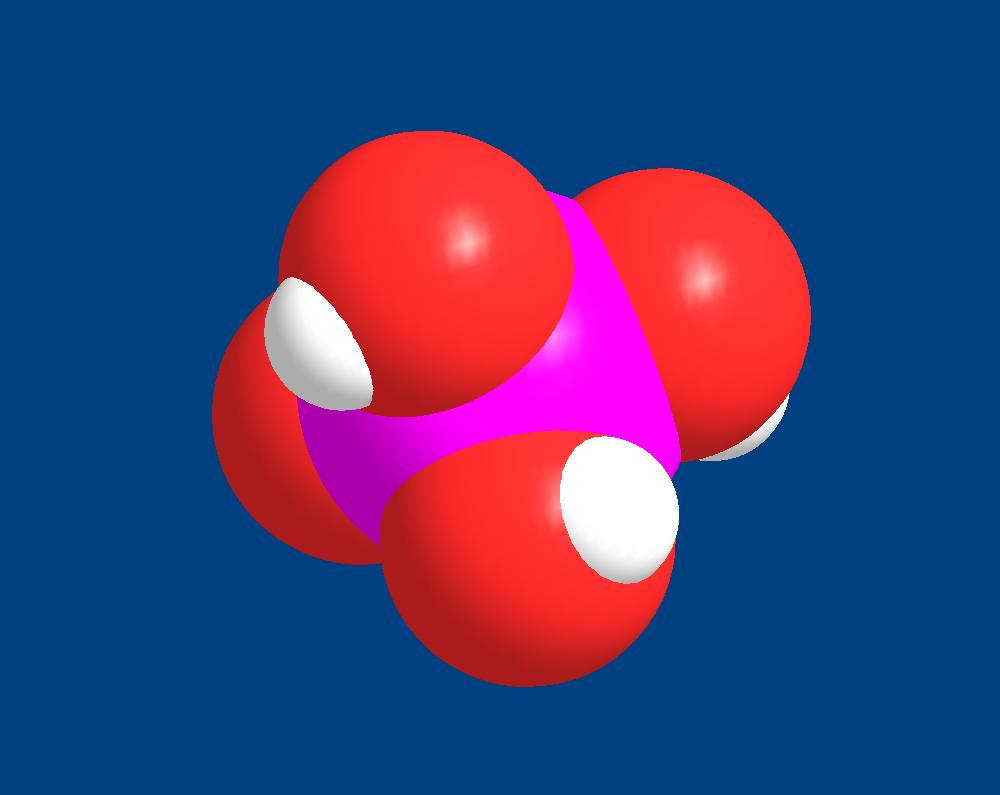Randy Holmes-Farley
Reef Chemist
View Badges
Staff member
Super Moderator
Excellence Award
Expert Contributor
Article Contributor
R2R Research
My Tank Thread
- Joined
- Sep 5, 2014
- Messages
- 67,421
- Reaction score
- 63,782
I'm not quibbling I'm just asking. It never made any sense to me but I've heard some reefers swear by the "divide by 16" rule.
IMO, that’s a flawed way of thinking.
Never is it better to set targets by ratios than by absolute values, and ratios frequently make very poor predictions (if one is very low or very high, is it ever appropriate for the other one to also be very low or high?). IMO, no.



















